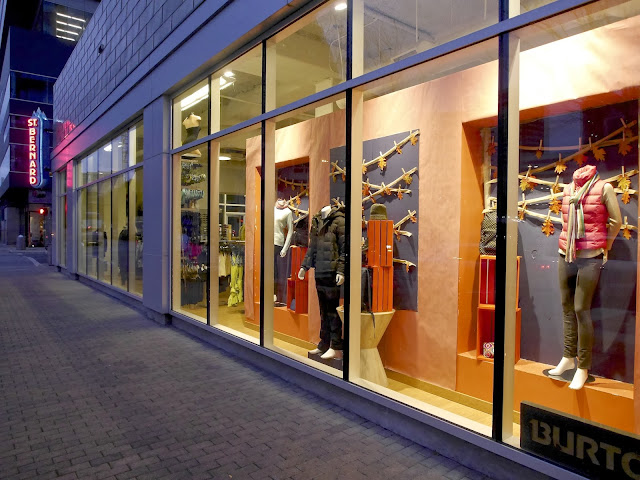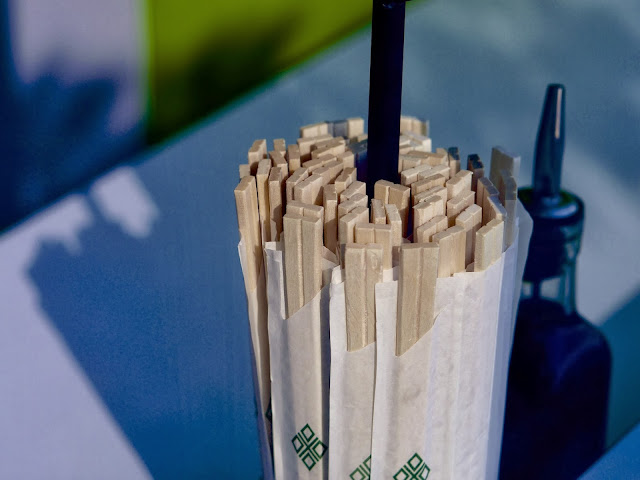I was on a private road and I stopped the car and put it in "park" before I even touched my camera!
(clarification suggested by my attorney.....)
I photographed at a law firm yesterday and I had a blast. I did fun portraits with everything from available light to massive strobes. We did non conventional group shots. I fought with my mild acrophobia and leaned over the railing on the 28th floor patio in order to take some skyline shots. It was an enthusiastic day. And then I came home, downloaded files, charged batteries and got ready to do it all over again. But in a totally different venue.
Where yesterday was about a group of fun, kinetic and interesting attorneys, right in the middle of the pulsing coolness of downtown Austin, the stuff I shot today was rural and calm.
Yesterday I shot with Sony a99's and Rokinon Cine lenses and I lit up everything with the big Elinchrom Ranger RX AS power packs (strobes). Today I shot with a Panasonic GH3 and the new lens, the 12-50mm. Yes, you are allowed to go back and forth between systems...
I packed two GH3s, one G6 and eight lenses. I used the new 12-50mm lens exclusively. Loved it. Everything was on a tripod. Every shot was RAW+Large Jpeg (just in case of worse case...) but I didn't worry because you may have noticed that I tested the lens for a couple days after I bought it but before I used it on a paying job with a client.
I hauled along four Elinchrom moonlights and a case full of umbrellas and stands. I had a nice, calm day of shooting interior and exterior photographs for a shelter magazine that covers early American life.
I loaded up the car last night. Yes, I live in a safe neighborhood, unless you consider the coyotes. I got up this morning---early, zapped some French toast that Belinda made me last night, filled a travel mug with coffee from the Keurig and got dressed. I munched and swigged coffee while I got Ben up for early cross country practice. He didn't want to get up but I was already envying him the workout because I had to skip my swim.
We cruised to the school at first light and I dumped him out of the car and then headed west on Hwy 290, through Johnson City and onward to Fredericksburg, Texas and points west. I followed my instructions perfectly and punched into the gate about ten minutes before nine. I was at a ranch about 8.5 miles from the edge of Fredericksburg. As I drove in the half mile to the main house I went past herds of cattle and herds of goats and sheep. Reminded me that I live in Texas.
I was greeted by the owner of the house and her faithful dog. I unloaded three cases of gear and got to work with the GH3 and the 12-50mm trash lens. The point of the assignment was to capture a the interior of a fully restored 17th century log cabin, lovingly transported piece by piece to this Texas ranch and decorated with historic and authentic Christmas decorations. I started in the kitchen with two umbrella lights. Why was I using studio flash? Because the house is covered with windows and I wanted to maintain detail outside ( f8 @ 1/160th of a second) and still have the interior show normally. Can't really do that yet with continuous lighting. Well, at least not continuous lighting that's either budget-able or cool to operate.
I spent all day working the house. I used Raw+Jpegs as a life jacket because, as you know, I am a newbie in this system. I tried the HDR settings and I also experimented with the automatic dynamic range settings. I did custom white balances and sometimes I just dialed in the color temperatures I knew were right.
The home owner/rancher was wonderful and even made me lunch. By wonderful I mean that she was warm and welcoming and, after introducing me to the house, she went off to read a novel and let me work through by myself.
By three in the afternoon I'd covered everything I could think of, inside and out. I packed up the lights and the stands and umbrellas and dumped them into the car. I played with the dog for while and I played six degrees of separation with the home owner. Yes, I went to high school with her physician.
We chatted for a bit while I rubbed behind her dog's ears. Then I put the cameras in the old, beige Domke bag and headed out toward the highway. On the homeowner's suggestion I stopped for coffee at the Java Ranch on Main St. in Fredericksburg for a coffee and it was good. Then I headed back to Austin.
When I finally made it through rush hour traffic, greeted the kid and kissed the wife I found a cardboard box on the dining room table. The folks at Samsung sent me a final production copy of the Galaxy NX camera. Another source sent along a package with a lens hood for the Olympus 12-50mm lens (just after the nick of time....). I've got the Samsung battery charging and I did promise to give the production model a try out. I'll only write about it if they improved the stuff I bitched about and made it a fun shooting camera.
Belinda ran off to a school meeting about college finance and the kid and I had a quiet dinner and talked about our "work" days. He went to school---I shot pictures. We both did pretty well.
I just downloaded all 227 files from today and looked at random shots. The lens, on a tripod, is pretty darn good. The camera is great. Aperture is a wonderful software programs for tweaking and the files looked pretty darn good with a little bit of sharpening and a bit more mid-range contrast. Yeah, you can do decent work with pretty much everything on the market these days...
Tomorrow? A swim just in front of the arctic blast coming through. Then lunch with a friend/client at the Indian Restaurant and the rest of the day spent in the studio post processing the last two jobs. When the boy gets home we'll order a big pizza and share the day. In the later evening I'll finish editing a TV spot for the Theatre.
I'm spending Friday swimming in the cold and then charging batteries and stuff and testing a few new flashes for the Pana/Oly gear. On Saturday I've got a full day of photographing the parade, ground breaking and grand opening of the new Austin Children's Museum. It's called: The Thinkery. I haven't decided on cameras yet but I'm having the urge to take them all. And since the weather is threatening temps in the lower 30's, a 20 mile per hour wind and sleet or freezing rain I'll also take a couple pairs of gloves and my "Indiana Jones" hat with the wide brim. Life is continually exciting.
So......this is what this photographer's life is all about this week. Good jobs, good clients and checks clogging up my mailbox. Nice. Lots for which to be thankful. Hope your year is ending well too...







.jpg)


























3+73.jpg)
3+668.jpg)
3+575.jpg)
3+242.jpg)
3+253.jpg)
3+507.jpg)

2+6.jpg)
2+23.jpg)
2+46.jpg)
2+52.jpg)
2+88.jpg)
2+114.jpg)
2+174.jpg)
3+420.jpg)
3+348.jpg)
3+180.jpg)
3+134.jpg)